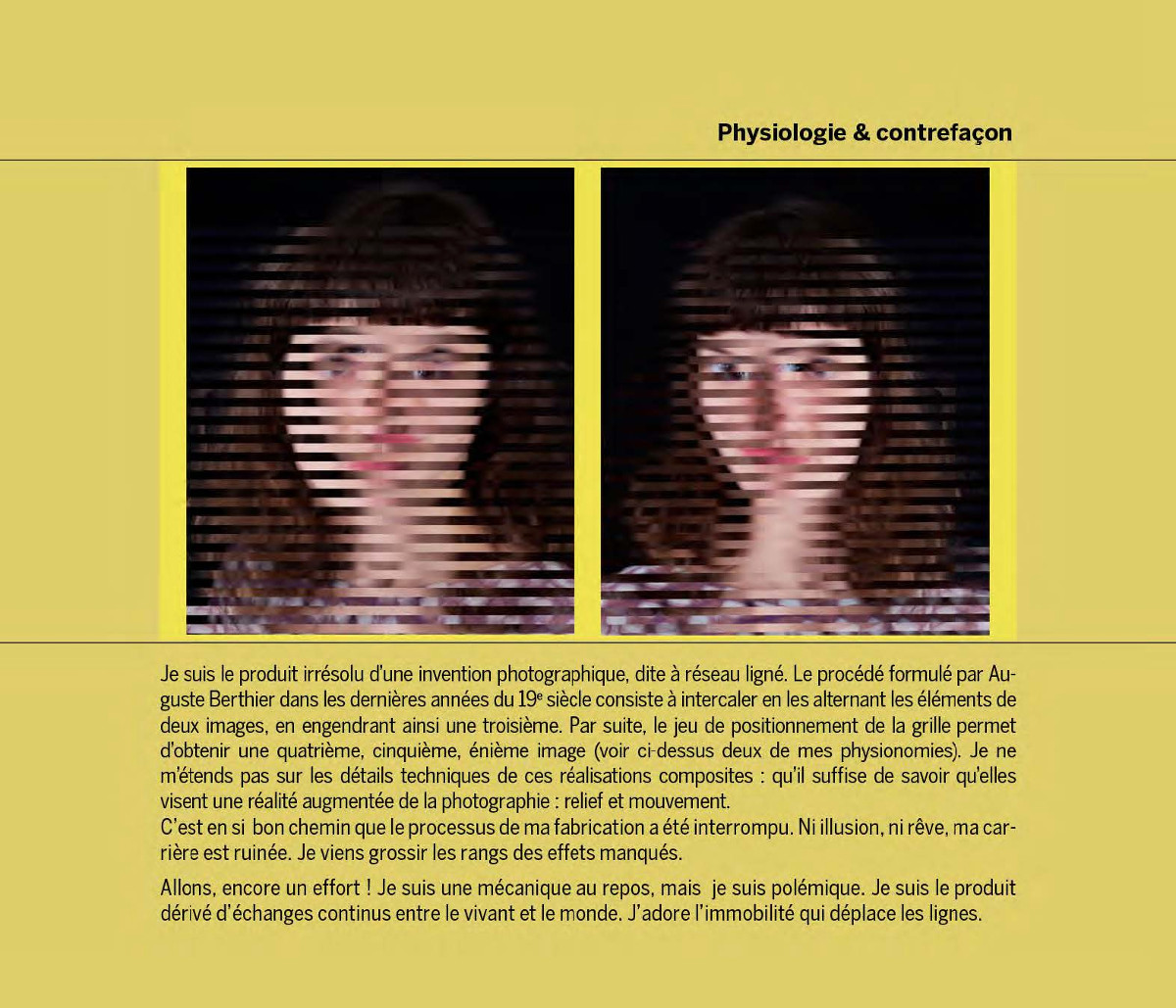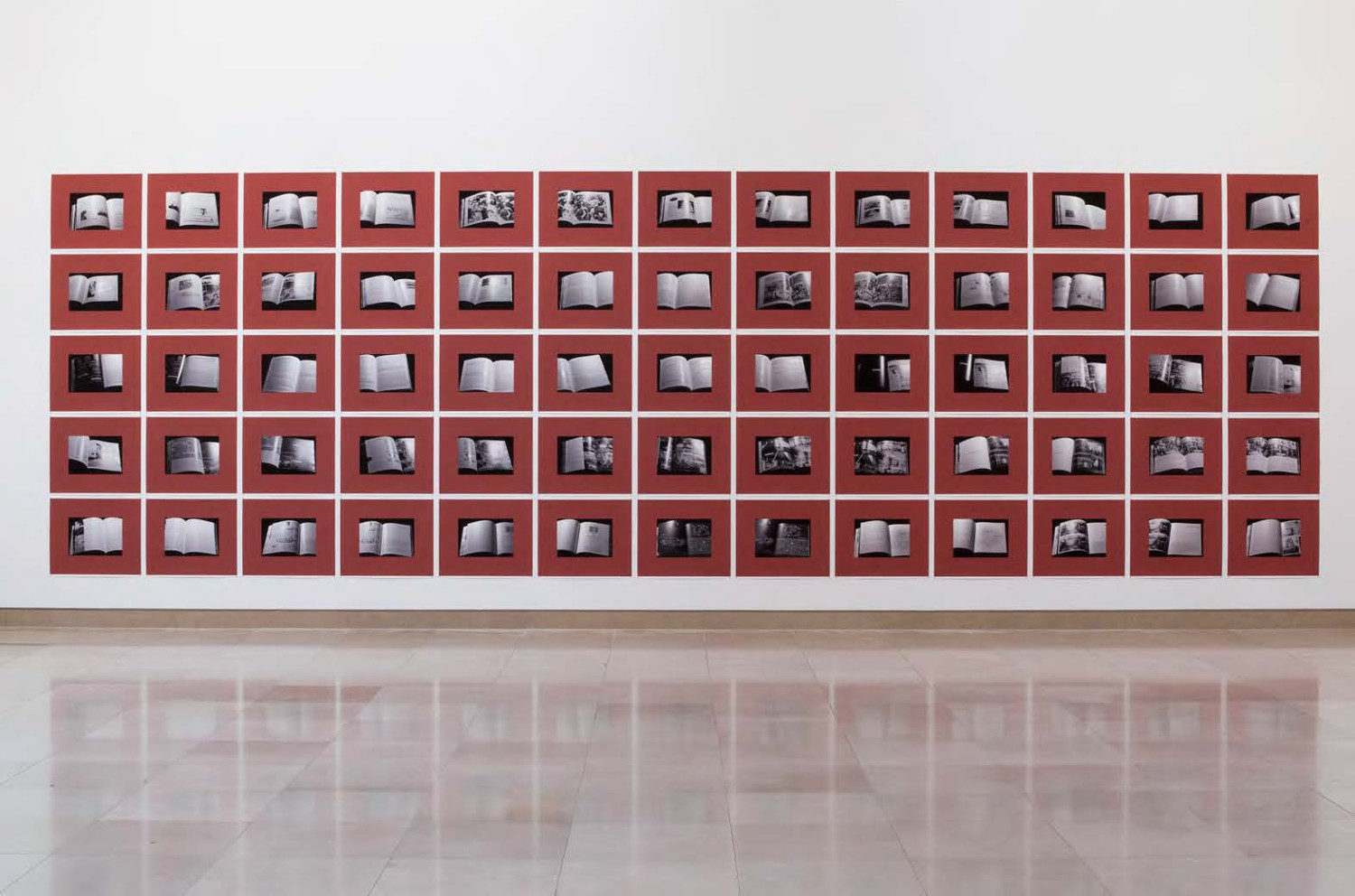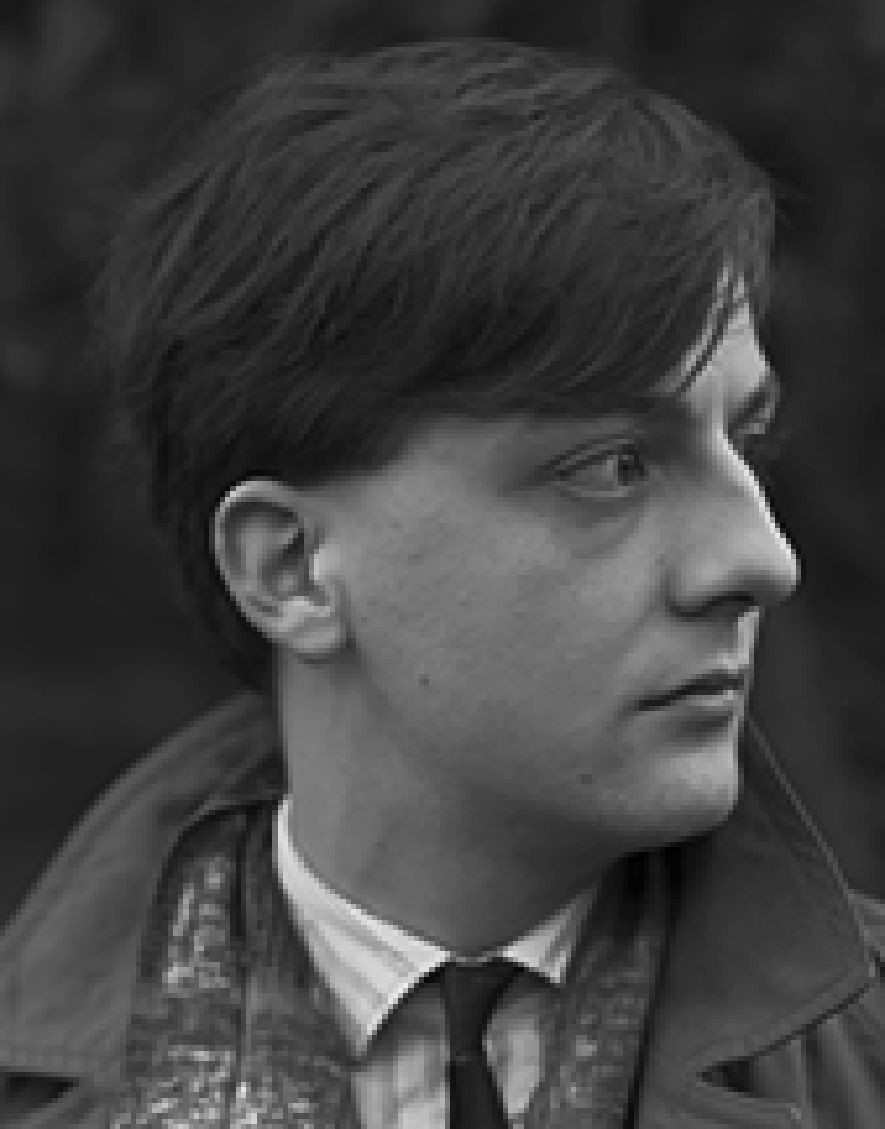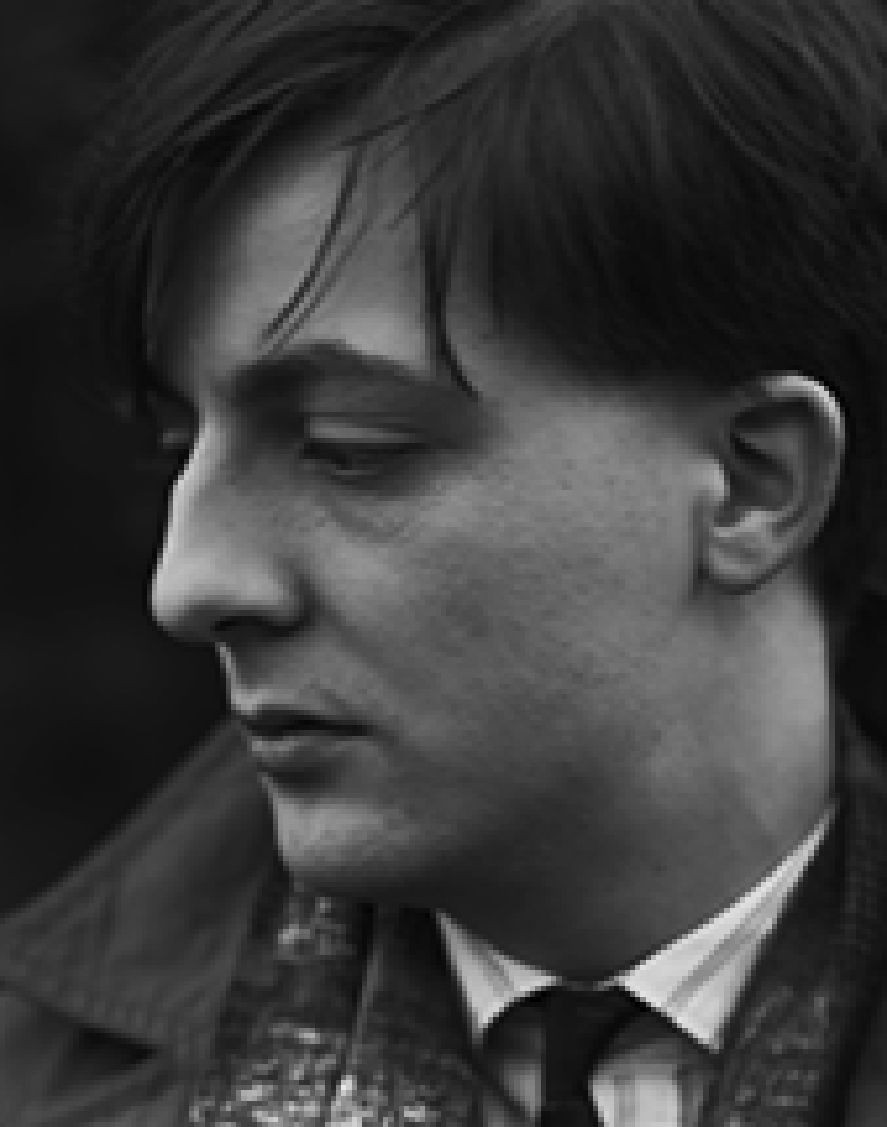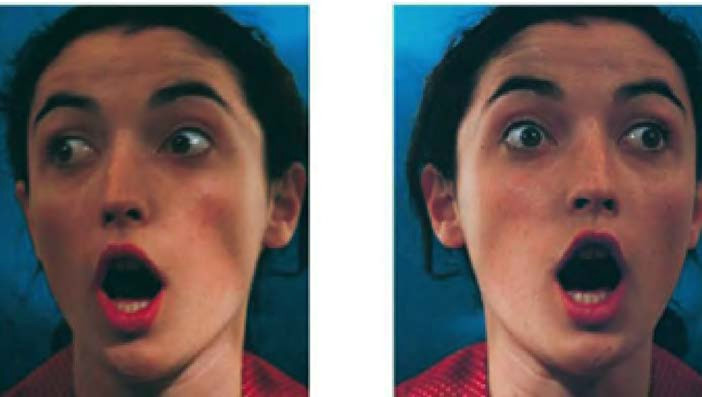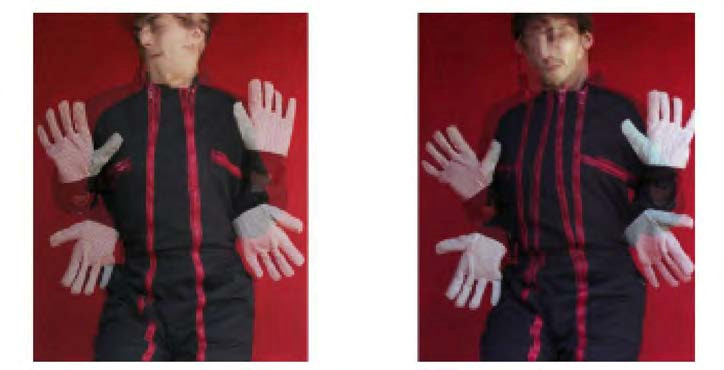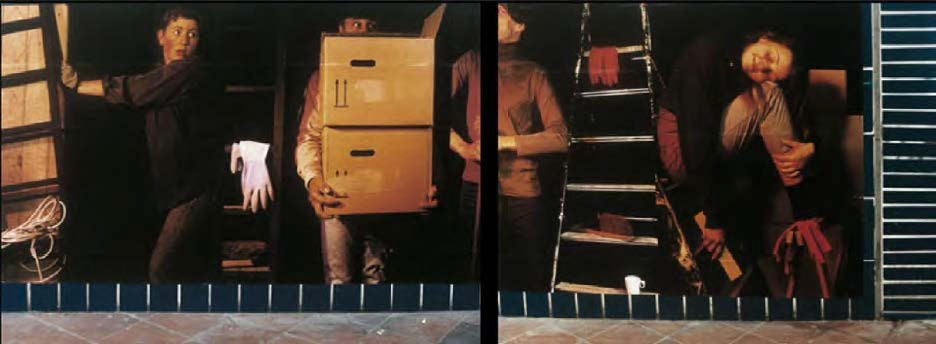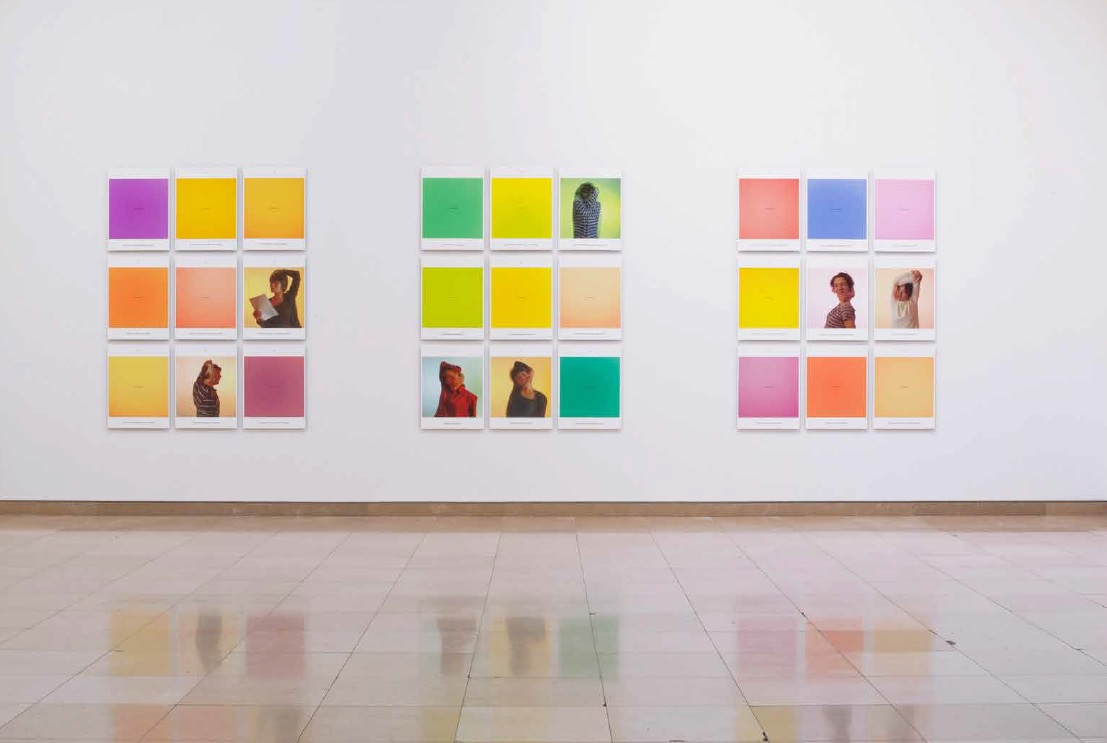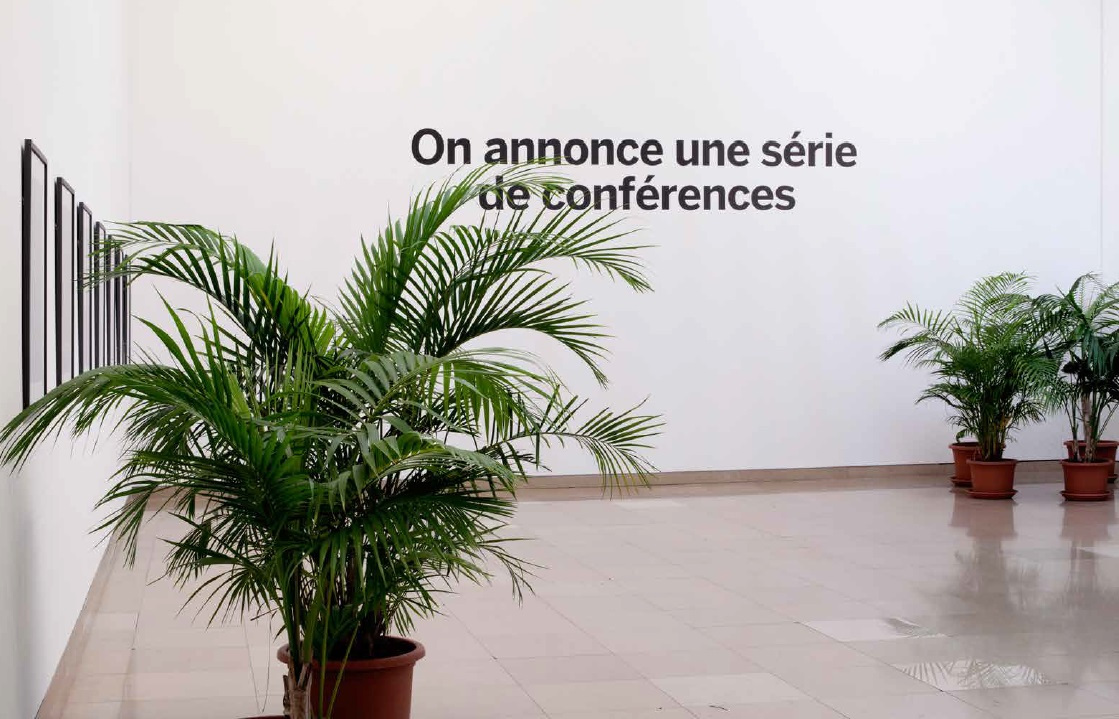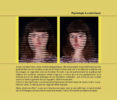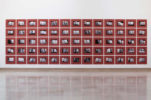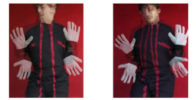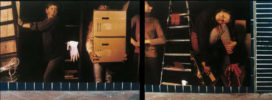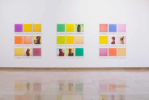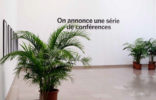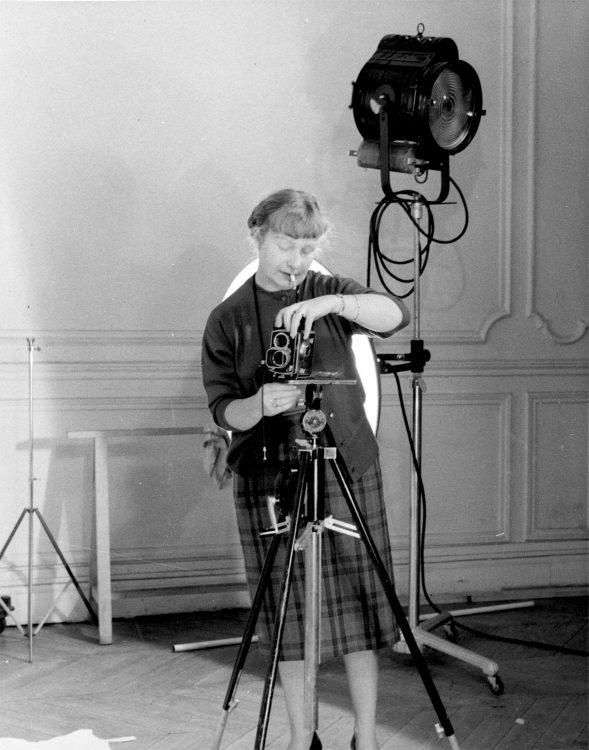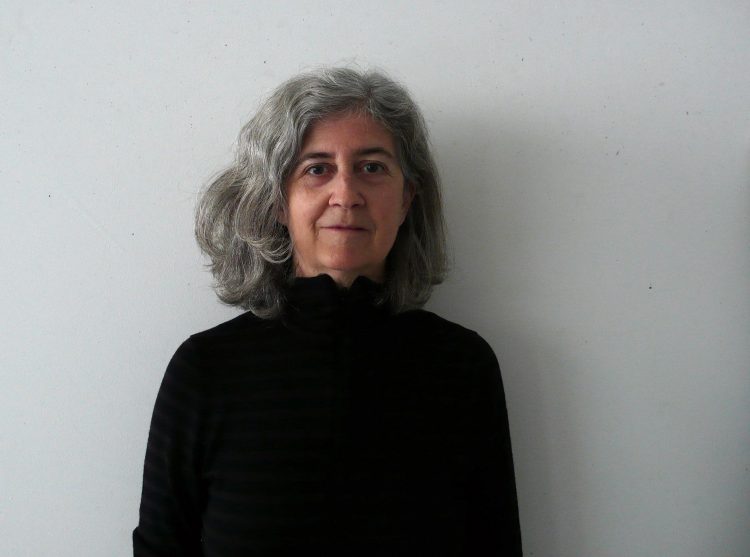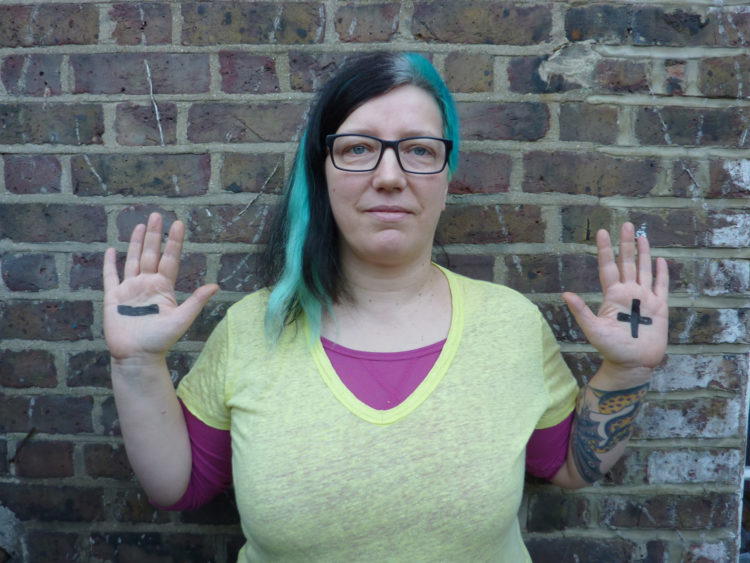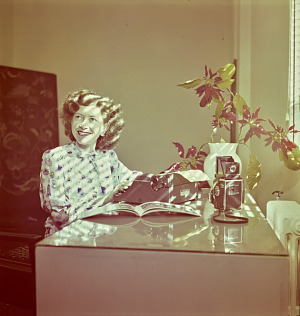Suzanne Lafont
Lafont Suzanne et ali., Suzanne Lafont : 1984-1988, exh. cat., Centre de la Vieille Charité, Marseille (21 April – 18 June 1989), Marseille, Musée de Marseille, Actes Sud, 1989
→David Catherine, Chevrier Jean-François, Suzanne Lafont, exh. cat., Galerie nationale du Jeu de paume, Paris (17 March – 24 May 1992), Paris, Musée du Jeu de Paume, 1992
→Brugerolle Marie de, Lafont Suzanne, Suzanne Lafont appelé par son nom, Arles, Actes Sud, 2003
Suzanne Lafont, Musée du Jeu de Paume, Paris, 17 March – 24 May 1992
→Suzanne Lafont, Situation Comedy, Mudam, Luxembourg, 17 February 2011 – 22 May 2011
→Suzanne Lafont, Situations, Carré d’Art, Musée d’art contemporain, Nîmes, 6 February – 26 April 2015
French photographer.
Since the 1980s, Suzanne Lafont has made a mark on the contemporary photography scene with her atypical approach to the problematics raised by visual representation. She studied philosophy under the tutelage of Jean-François Lyotard and regularly refers to the principles of the sophists of Ancient Greece and Rome, based on “the inherent reversals of paradox”, and her ambivalence towards supporting her analytical project and iconographic choices with arguments. From 1984, her photographs of architecture reappropriate common spaces from the representation of avant-gardists of the interwar years – low angle, high angle or oblique angle shots – and restore naturalistic and abstract images to these spaces. Between 1985 and 1986, while on a photographic mission for the Délégation Interministerielle à l’Aménagement du Territoire et à l’Attractivité Regionale (DATAR) [Interministerial Delegation of Land Planning and Regional Attractiveness], she created the Littoral series: coastal landscapes in Aquitaine and Brittany presented in tableau format, so beloved of photographers of the 1980s, and that she used from her first works onwards. From 1987, the human body appears in her work, first in a series of Portraits, front-on, from the waist up, inspired by 19th century models and stripped of any psychological or social dimension. They were presented in the exhibition Une autre objectivité [Another Objectivity] in 1988/1989.
Working on the margins of a photographic style known as artistic or “creative”, Lafont never resorts to technical experimentation or manipulation. However, references to a cinematic aesthetic (Carl Dreyer, Jean-Luc Godard, Robert Bresson) are omnipresent in her works from 1991 to 1992. Indeed, Jean-François Chevrier spoke of “exhibition cinema” in regard to the cycle of images, Le Bruit, L’Argent, La Chute, Les Souffleurs and Les Choeurs de grimaces, unveiled at the musée du Jeu de Paume (Paris), followed by the Museum of Modern Art (New York) in 1992. In the early 2000s, her references to Western painting (Caravaggio, Georges de La Tour) were more explicit, particularly in the colour photographs Embarras and Voisins, presented in 2003 at the Anne de Villepoix gallery in Paris. As for a philosophy of language, her main concerns are evident in her recent works (Épisodes, 2001) and more fully developed in 2003 in the work Appelé par son nom, based on the model of a dictionary, within which images converse with words in a haphazard manner. As exhibitions are the culmination of her theoretical approach, the artist has been presenting her work as part of solo and collective events since 1986. Her artworks belong to several French national collections.
© Éditions des femmes – Antoinette Fouque, 2013
© Archives of Women Artists, Research and Exhibitions, 2017



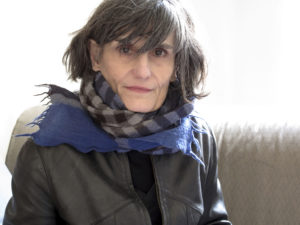
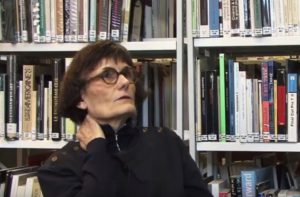 Suzanne Lafont at the Carré d'Art, Nîmes, 2015
Suzanne Lafont at the Carré d'Art, Nîmes, 2015 